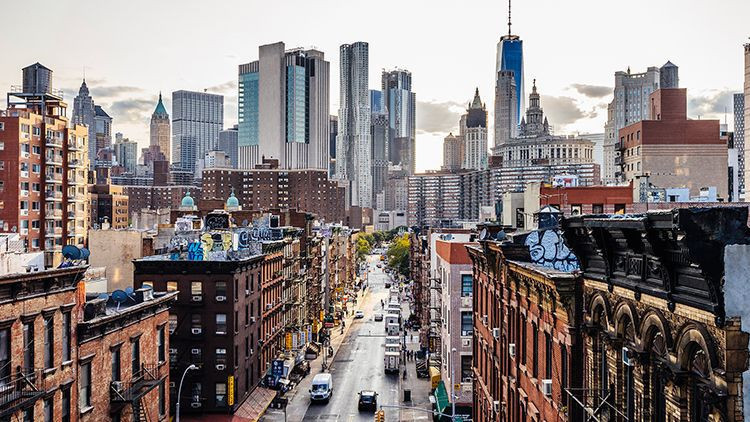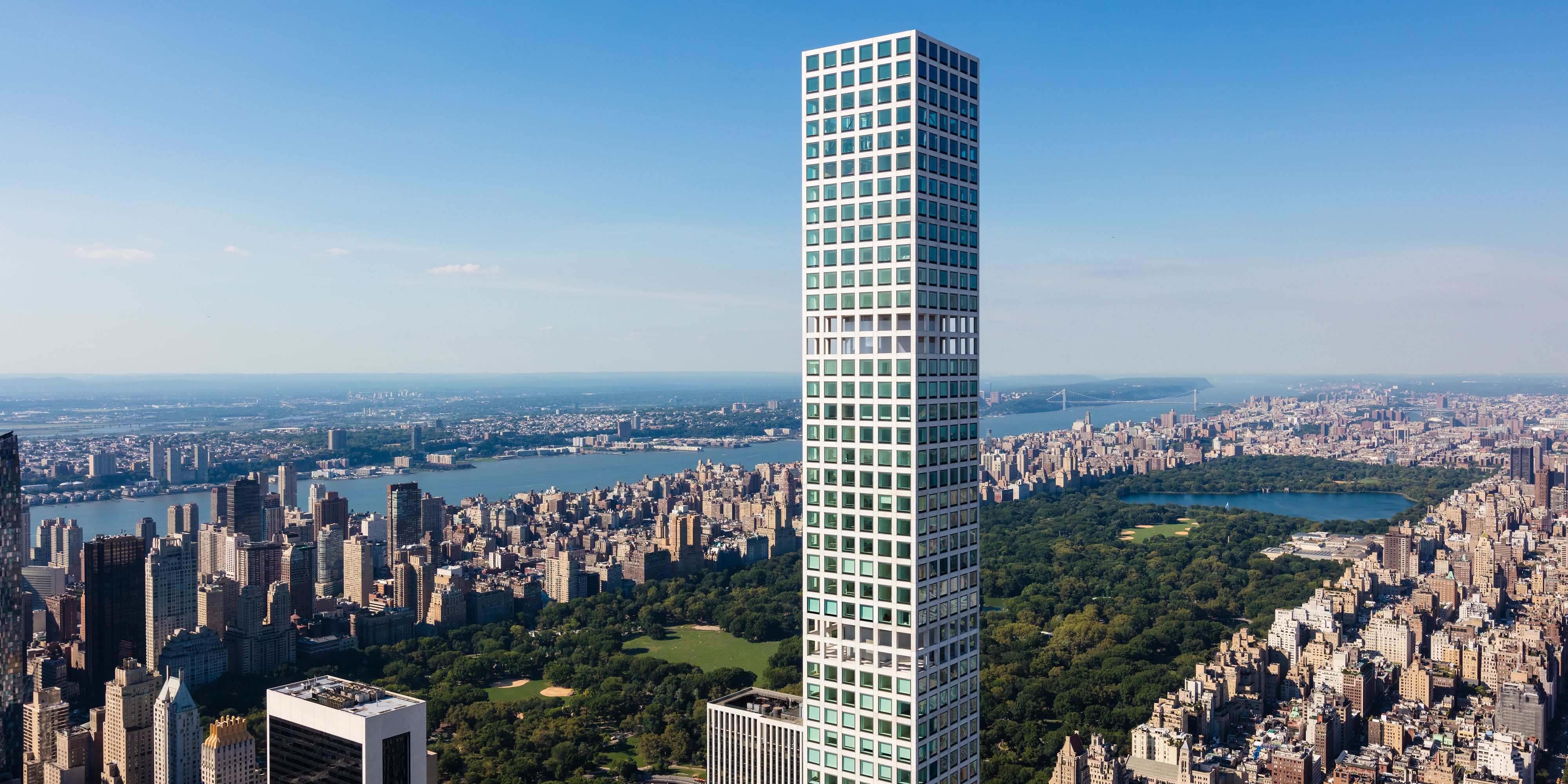
Should American cities be “sanctuary cities”–enclaves that welcome undocumented immigrants and pledge not to cooperate with the federal agents who are attempting to enforce national immigration laws? Two of our country’s largest cities, New York City and Chicago, are wrestling with that issue, which has been brought to a head by the border crisis and the movement of thousands of migrants to their cities.
Last week, New York City Mayor Eric Adams called for changes to the laws that make the Big Apple a sanctuary city. His immediate focus is on migrants who commit serious crimes; he thinks they should be deported and that the City authorities should be able to communicate with federal ICE agents to accomplish that.
Existing NYC law prohibits cooperation with federal agents if a foreign national has been charged by a crime but not convicted. More than 150,000 migrants have come to New York City in recent months, causing the city to incur an estimated $10 billion to care for them and also producing what the New York Post has called a “migrant crime wave.” New York’s City Council rejected Mayor Adams’ call for change in the “sanctuary city” laws, however, and now the Mayor is exploring whether he can accomplish the change through some kind of legal action instead.
In Chicago, City Council initially approved, and then reconsidered and rejected, a public referendum that would have allowed voters to address whether Chicago should remain a sanctuary city. More than 25,000 migrants have come to Chicago recently, and the city is struggling with housing the new arrivals. Supporters of the referendum initiative had hoped to allow the people of Chicago to have a voice on whether to continue the policy.
Many of the American cities that are declared “sanctuary cities” adopted the policies years ago, but the policies have been cast in a new light recently, with migrants who have crossed the southern border being shipped en masse to many northern cities. It will be interesting to see whether the cities will retain their commitment to “sanctuary city” laws as the cost of feeding and housing the wave of migrants, and the need to address the criminal activity of some of those migrants, put that commitment to the test.

/cdn.vox-cdn.com/uploads/chorus_image/image/65385818/GettyImages_910282314.0.jpg)






/https://tf-cmsv2-smithsonianmag-media.s3.amazonaws.com/filer_public/d1/89/d189960b-7737-4b97-a1ee-5ce20ebfc594/louisa-jacobson-denee-benton.jpeg)



 This drastic difference in the impact of COVID-19, though, begs the question: why is the New York City area being hit so much harder than other areas? Of course, it’s more densely populated than the rest of the country, which clearly must have an impact. But there is an ongoing, increasingly heated controversy about whether New York City’s mass transit system — and, specifically, its subways — are a vector for transmission of the disease. An
This drastic difference in the impact of COVID-19, though, begs the question: why is the New York City area being hit so much harder than other areas? Of course, it’s more densely populated than the rest of the country, which clearly must have an impact. But there is an ongoing, increasingly heated controversy about whether New York City’s mass transit system — and, specifically, its subways — are a vector for transmission of the disease. An  In their communications, our neighbors have mentioned something interesting: many of the seasonal property owners are coming up earlier than ever before to open up their Stonington residences. Normally, only permanent residents would be in Maine during this time of year, in what the locals jokingly call the “mud season.” Typically, the summer residents wouldn’t show up at their Deer Isle places until late May or the beginning of June, at the earliest — and yet, this year, here they are already, up from New York City and Boston and Washington, D.C.
In their communications, our neighbors have mentioned something interesting: many of the seasonal property owners are coming up earlier than ever before to open up their Stonington residences. Normally, only permanent residents would be in Maine during this time of year, in what the locals jokingly call the “mud season.” Typically, the summer residents wouldn’t show up at their Deer Isle places until late May or the beginning of June, at the earliest — and yet, this year, here they are already, up from New York City and Boston and Washington, D.C. If you’ve only been walking recently on the sleepy streets of a city like Columbus, you’re really not prepared for the Big Apple pedestrian experience. Not only are there fewer people walking around Columbus — by a factor of about 50 or perhaps even 100, I’d estimate — but there aren’t as many sidewalk obstacles, either. No pop-up vendors shilling stocking caps, no dirty water hot dog stands, no mounds of trash bags waiting to be collected, no building scaffolding at some point on every block, no bike messengers zipping in and out. When you go for a walk in Manhattan, in contrast, you’ve got to be aware of all of those things as you navigate the crowded sidewalks. Your mental reflexes had better speed up considerably, or you’re going to find yourself in trouble.
If you’ve only been walking recently on the sleepy streets of a city like Columbus, you’re really not prepared for the Big Apple pedestrian experience. Not only are there fewer people walking around Columbus — by a factor of about 50 or perhaps even 100, I’d estimate — but there aren’t as many sidewalk obstacles, either. No pop-up vendors shilling stocking caps, no dirty water hot dog stands, no mounds of trash bags waiting to be collected, no building scaffolding at some point on every block, no bike messengers zipping in and out. When you go for a walk in Manhattan, in contrast, you’ve got to be aware of all of those things as you navigate the crowded sidewalks. Your mental reflexes had better speed up considerably, or you’re going to find yourself in trouble.